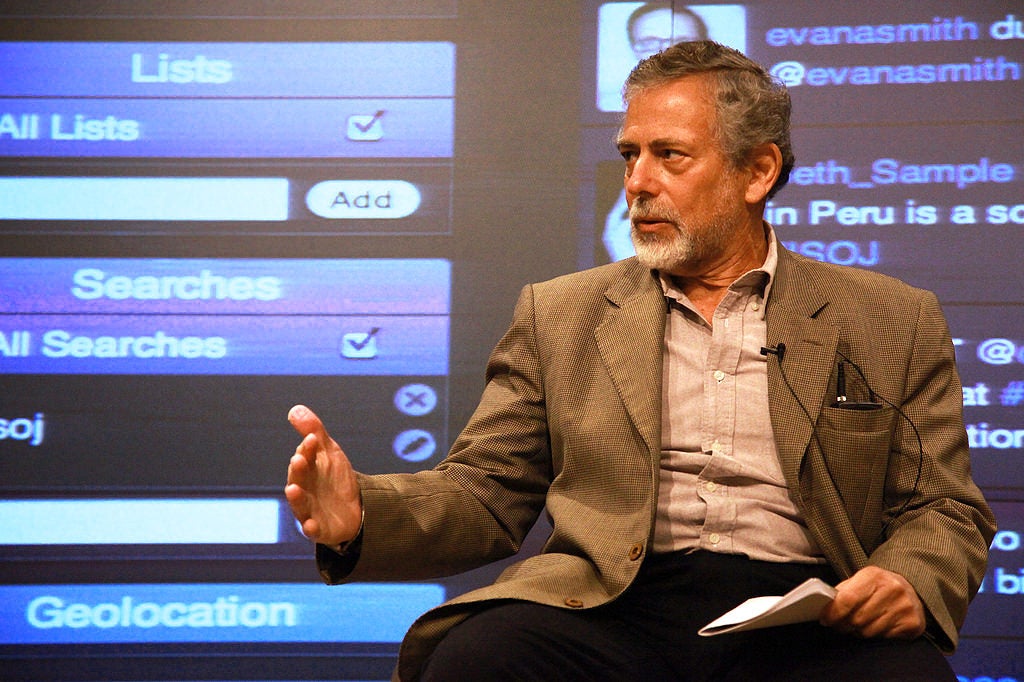April 2, 2011 | Business Models, Nonprofit journalism
REPORTR.NET: Is nonprofit journalism sustainable online?

The first panel on day two of the ISOJ tackled one of the big questions in journalism – is nonprofit journalism online sustainable?
“We don’t know,” said Lisa Frazier, President & CEO, The Bay Citizen, one of the new startups in this area.
The Bay Citizen has a clear civic mission to provide local news and, secondly, to stimulate innovation in journalism, with 27 people working in editorial and innovation.
Since its launched in 2009, it has reached 150,000 unique visitors a month. It reaches an additional 61,000 readers through its stories appearing in print in the Bay Area editions of the New York Times on Friday and Sunday.
One of the innovative projects Frazier highlighted is a literacy micro-site and a bicycle accident tracker project to map where accidents where taking place in San Francisco. She said this has led some riders to change routes to avoid hotspots.
Frazier said part of their mission was to engage news consumers in the debate on the future of journalism. She said local news had declined by 60%, often replaced by wire stories. Education of news users is really important, she stressed.
The Bay Citizen can be a “test kitchen” for journalism, technology and business models. “We have to fail fast,” said Frazier.
To make the model sustainable, takes time but also takes money to make money, she said.
“The community will decide if nonprofit is sustainable,” said Frazier.
Progress towards sustainability
A decline in local coverage is also an issue in Texas, where the Texas Tribune was created with the mission to help citizens make better informed decisions in their civic lives.
“Public media will be a larger part of the media ecosystem in twenty years from now,” said John Thornton, chairman of the board, Texas Tribune at ISOJ.
“We haven’t proven sustainability for nonprofit news, but we are gaining on it,” he said.
The site’s 50 million page views annually, which brings in $1.5 to $2m in corporate sponsorship (advertising). Annual costs are around $3m.
The site has raised more than $8m from wealthy individuals and foundations, but it hoping to reduce its reliance on donations, and make up the difference in premium content and memberships.
We don’t want to be reliant on major giving, said Thornton.
Sustaining investigative journalism
A different perspective came from Gustavo Gorriti, founder director, IDL-Reporteros in Peru. He asked whether nonprofit investigative journalism in a country like Peru was sustainable.
It started out as a small outfit with four journalists, plus Gorriti, and has since published thousands investigative stories on corruption, drug-trafficking and bad cops.
“We have to be nimble and agile”, said Gorriti. The site normally tackles stories that it can cover in a relatively short time, as it has to publish on a regular basis.
The site uses free web resources such as Vimeo and YouTube, and runs on WordPress.
Gorriti said he has a budget of $200,000 a year, supported by foundation dollars.
The challenge for the site, he said, is that there is no chance to get advertising or sponsorship from either Peruvian or international companies in the country given the type of stories it reports on.
“I came looking for ideas,” said Gorriti. He argued investigative journalism is good for the country and good for society as it promotes democratic ideals of accountability.
One option Gorriti suggested was seeking financial support from companies interested in supporting initiatives that promote civic society and create a more transparent business climate.
He compared this to the fair trade movement for coffee, suggesting perhaps there is a gap here for fair trade journalism.
“The need for good investigative journalism is there,” he concluded.
ISOJ 2011: Nonprofit Journalism Online Q&A, from Knight Center on Vimeo.

